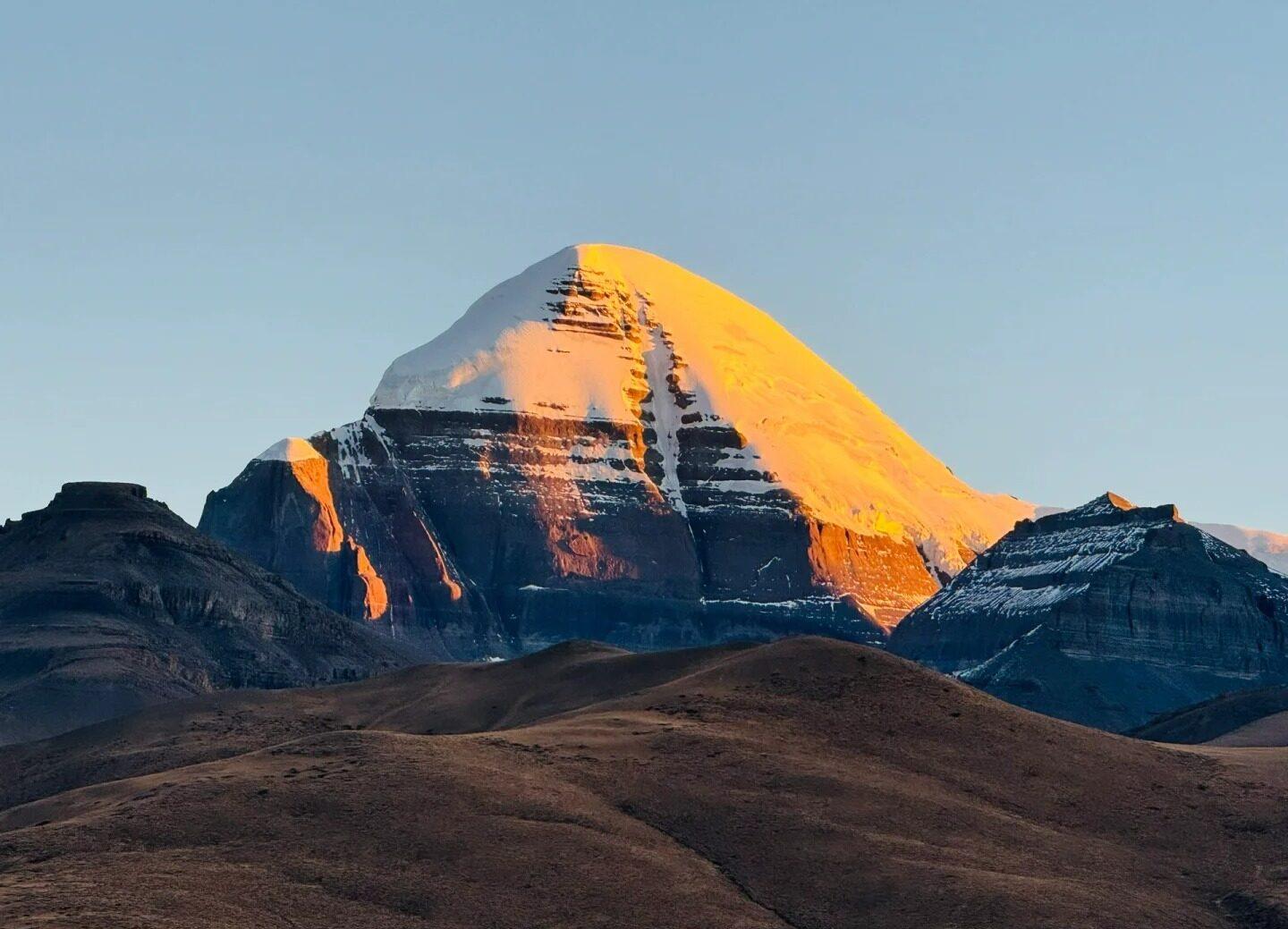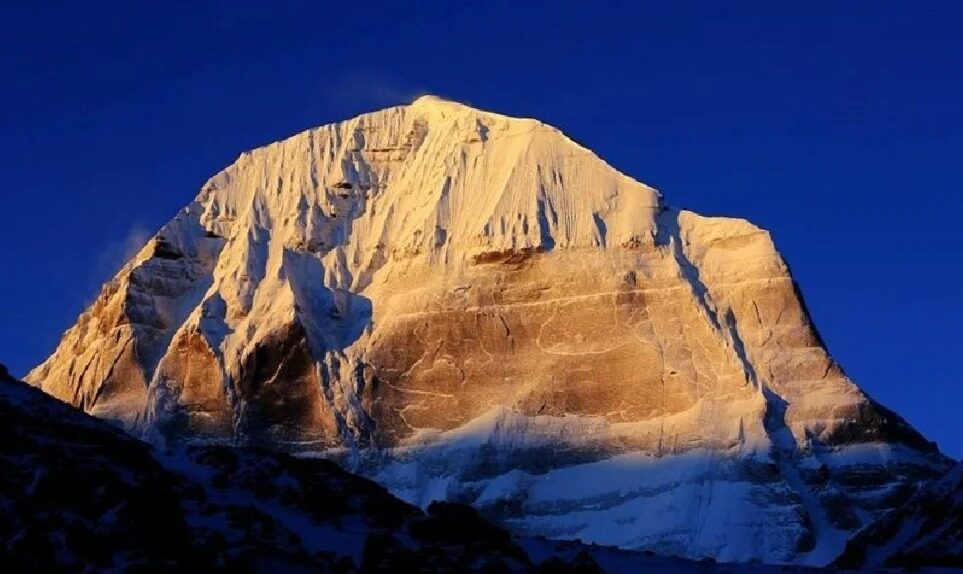Introduction to Tibet’s Mountains
Tibet, often called the “Roof of the World,” is a land where mountains reign supreme. This high-altitude plateau is home to some of the world’s most impressive peaks, including parts of the mighty Himalayan range. In Tibetan culture, mountains are not merely geological formations; they are sacred entities, abodes of deities, and centers of spiritual power.
The Tibetan landscape is dominated by several mountain ranges:
- The Himalayas in the south
- The Karakoram in the west
- The Kunlun in the north
- The Nyenchen Tanglha in central Tibet
These towering giants have shaped Tibet’s climate, culture, and way of life for millennia.

Mount Everest: The Roof of the World
| Aspect | Details |
|---|---|
| Tibetan Name | Chomolungma (“Goddess Mother of the World”) |
| Height | 8,848 meters (29,029 feet) |
| Location | Border of Tibet and Nepal |
| First Ascent | 1953 by Edmund Hillary and Tenzing Norgay |
Mount Everest, the world’s highest peak, holds a special place in Tibetan culture and global imagination. The Tibetan side offers a unique perspective on this iconic mountain, with the North Base Camp providing stunning views and a less crowded experience compared to the Nepali side.
Everest Base Camp tourism has grown significantly in recent years, offering travelers a chance to witness the mountain’s majesty without technical climbing skills. However, this increased popularity has raised concerns about environmental impact and sustainable tourism practices.
Kailash: The Sacred Mountain
Mount Kailash, standing at 6,638 meters (21,778 feet), is revered by four religions: Hinduism, Buddhism, Jainism, and Bon. Its distinctive pyramid shape sets it apart from surrounding peaks, making it instantly recognizable.
The kora (circumambulation) around Kailash is considered one of the most sacred pilgrimages in Asia. This 52-kilometer trek typically takes three days and is believed to bring good fortune and wash away sins.
Visitors should note:
- No one has ever climbed Kailash, as it’s considered sacrilegious
- Respect local customs and dress modestly
- The best time for pilgrimage is from May to October

Namcha Barwa: The Hidden Giant
Namcha Barwa, standing at 7,782 meters (25,531 feet), is often called the “hidden gem” of the eastern Himalayas. Its location in a remote corner of Tibet, combined with notoriously bad weather, makes it one of the least explored major peaks in the world.
Unique features include:
- Dramatic rise from surrounding lowlands
- Deep gorges, including the Yarlung Tsangpo Grand Canyon
- Challenging climbing conditions due to steep terrain and unpredictable weather
Local legends speak of Namcha Barwa as a divine palace, adding to its mystical allure.
Other Significant Mountains
Tibet’s mountain landscape is diverse and awe-inspiring:
- Cho Oyu (8,188 m): Known as the “Turquoise Goddess,” it’s considered one of the easier 8000m peaks to climb.
- Shishapangma (8,027 m): The only 8000m peak entirely within Tibet, its name means “crest above the grassy plains” in Tibetan.
- Nyenchen Tanglha Range: Central to Tibetan mythology, this range is home to many sacred peaks and lakes.
These mountains not only shape Tibet’s physical landscape but also play crucial roles in its cultural and spiritual traditions.
Mountaineering and Trekking in Tibet
Tibet offers a range of experiences for mountain enthusiasts:
- Popular treks: Ganden to Samye, Mount Kailash kora, Everest Base Camp
- Mountaineering: Requires permits and often involves joining organized expeditions
- Best seasons:
- Spring (April-May) for climbing
- Autumn (September-October) for trekking
Visitors should be mindful of environmental impact and respect local cultural practices. Many areas require special permits, so advance planning is essential.
Practical Travel Information
Altitude Sickness Prevention:
- Ascend gradually, allowing time for acclimatization
- Stay hydrated and avoid alcohol
- Consider preventive medication (consult your doctor)
Transportation:
- Fly into Lhasa Gonggar Airport
- Use private vehicles or join organized tours to reach mountain areas
- Some remote regions require 4WD vehicles
Accommodation:
- Tea houses and basic guesthouses along popular trekking routes
- Camping required for more remote expeditions
- Luxury options available in larger towns
Photography Tips:
- Bring a wide-angle lens for landscape shots
- Use polarizing filters to enhance sky colors
- Capture early morning or late afternoon light for best results
Cultural Etiquette:
- Always walk clockwise around religious sites
- Ask permission before photographing people or sacred objects
- Dress modestly, especially when visiting monasteries
Tibet’s mountains offer more than just breathtaking views; they provide a window into the heart of Tibetan culture and spirituality. Whether you’re seeking adventure, spiritual enlightenment, or simply the chance to witness some of nature’s most impressive creations, Tibet’s peaks promise an unforgettable experience. Remember to tread lightly and approach these sacred heights with respect and wonder.






